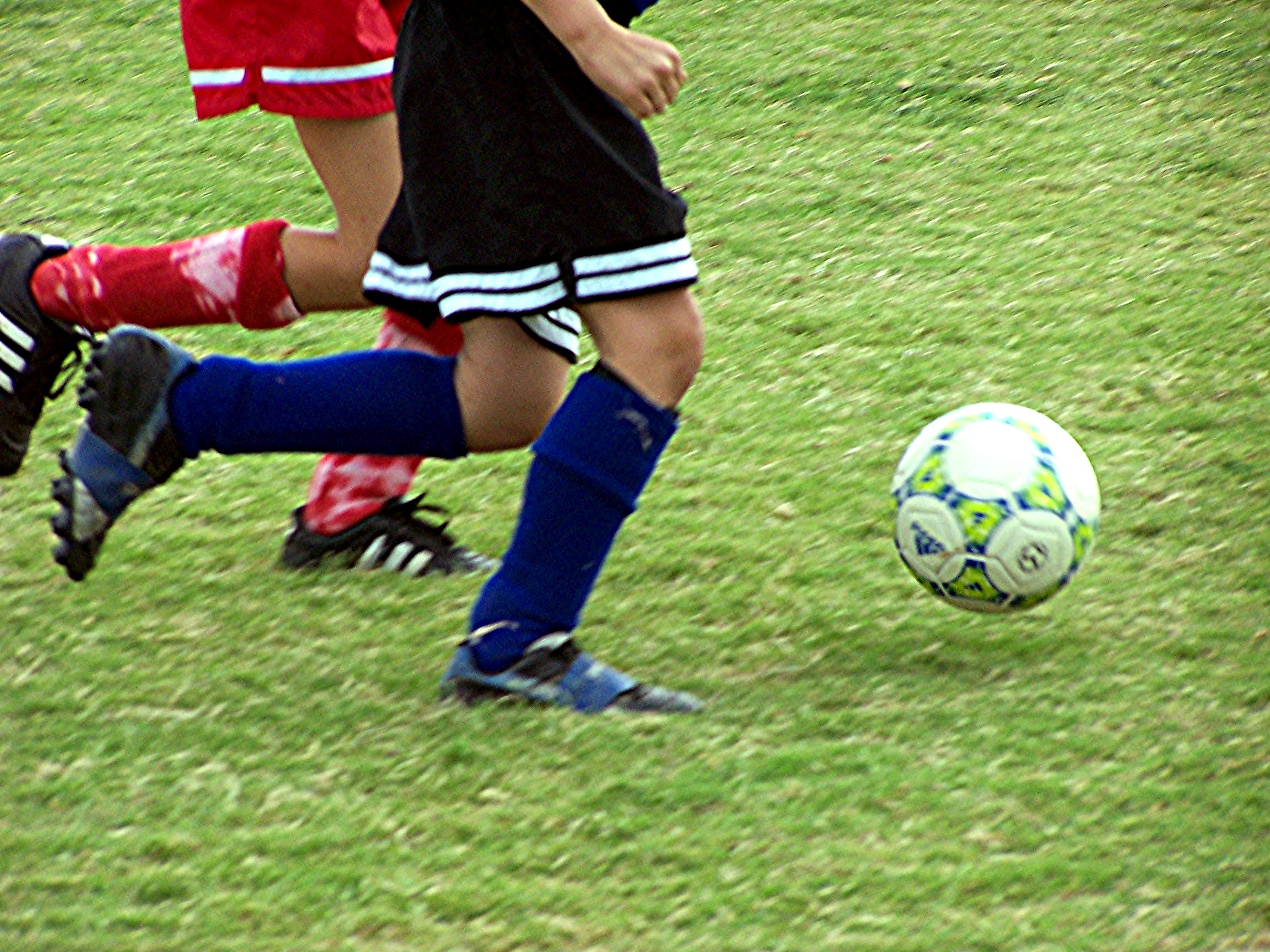The U.S. men’s soccer team has a BIG game today (USA! USA!), but it’s the women from the 1999 World Cup champion team who have our attention. Soccer stars Brandi Chastain, Cindy Parlow Cone and Joy Fawcett are taking this year’s World Cup as an opportunity to speak out on the dangers of heading the ball — and encouraging couches, parents and governing bodies to ban the use of heading in soccer leagues until high school.
These soccer stars have teamed up with the Sports Legacy Institute and the Institute of Sports Law and Ethics to launch their campaign called Parents and Pros for Safer Soccer, or PASS. Yesterday, they announced their guidelines that called for the elimination of heading the ball by players under 14. From The New York Times:
Right now, many soccer organizations in the United States suggest that coaches start teaching children to head the ball only after those players turn 10. The new rule would give players four more years of a safer sport.
For decades, studies have hinted at the link between heading and brain injuries, with those studies now coming at a faster pace. Last year, the journal Radiology published results of study that looked at 39 amateur adult soccer players who played soccer since childhood. That report concluded that heading had caused noticeable changes in the brain and brought “poorer neurocognitive performance.”
Cindy Parlow Cone understands this all too well. She retired 10 years ago, partly because her own concussions had caused her significant headaches and fatigue. From The New York Times:
When she was a player, she long thought that seeing stars when she headed the ball was just a part of the game. She started playing when she was 3, and now remembers seeing those stars when heading the ball at 10 or 11, a galaxy of bright lights appearing before her eyes after an impact. She felt dizzy. Her head hurt. Yet she was too young and naïve to know that those were all symptoms of trauma to her brain.
“Most kids don’t associate those things with a concussion,” said Parlow Cone, who, more than a decade later, is still battling headaches and fatigue from her head injuries on the field. “Nobody’s thinking at that age, wow, how will this affect me later in life?”
While there will, of course, be push back against any rule changes, many other sports have already implemented similar rules for youth sports. For example, hockey has delayed body-checking until 14, and lacrosse has barred check to the head or neck. According to Dr. Robert Cantu, one of the world’s foremost experts on concussion, delaying heading doesn’t necessarily reduce all the dangers of the game, but it postpones them until the athlete is more physically prepared. Through 12 years old, children’s brains are still developing key cognitive and mood pathways, making them particularly vulnerable to brain injury.
We are very interested to see where this campaign goes, and whether any new rules will be instituted as a result. We want to hear from you! What do you think about these proposed rule changes?







